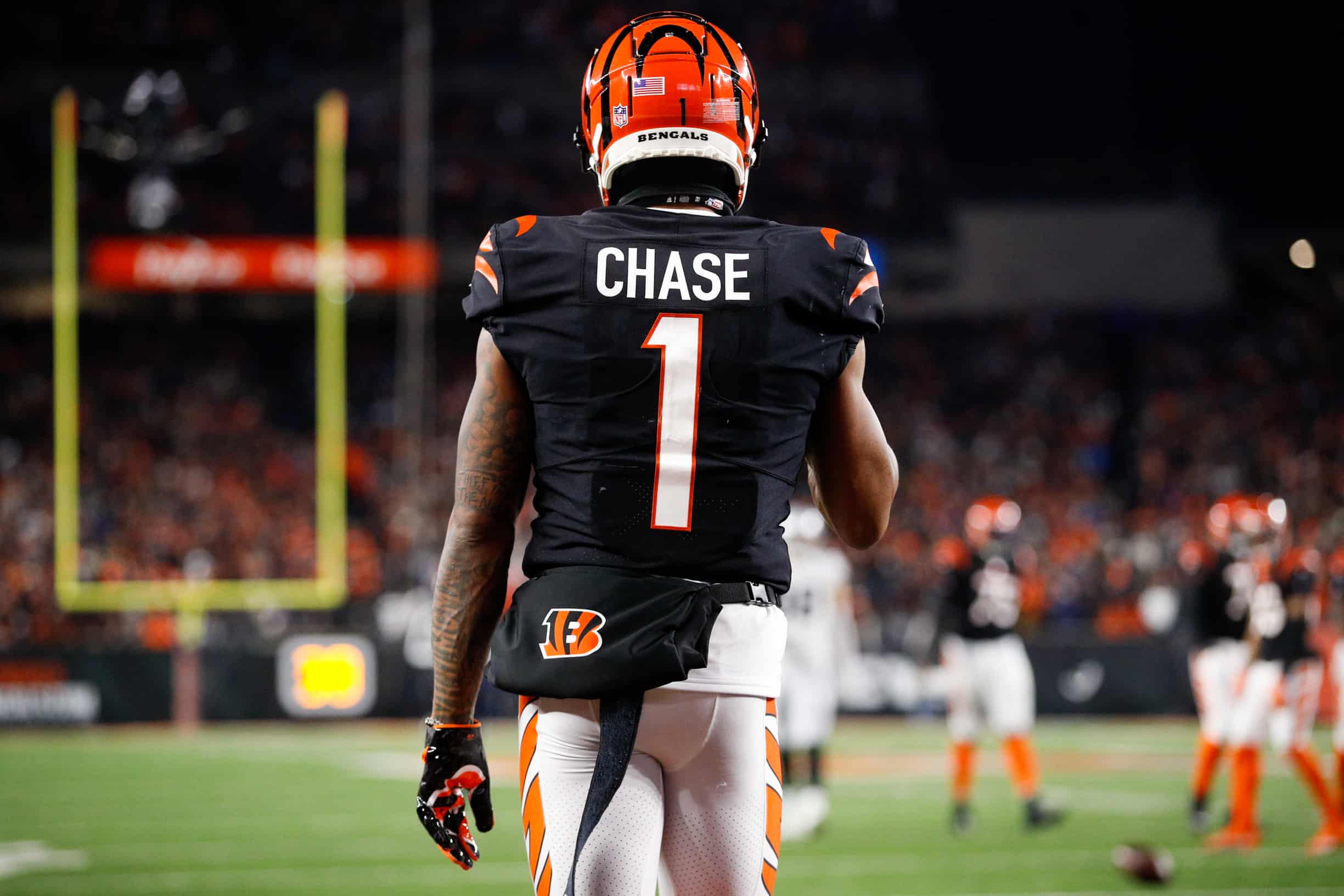One remaining obstacle we still face in the fantasy community as content providers and consumers is still the understanding that rankings, projections, and tiers are all different and serve different purposes.
My season-long rankings and projections focus on the probable outcomes for a player based on top-down production on a play basis and projected game script, then player opportunity production based on that team volume. We can tweak volume and efficiency for a range of outcomes per player, but that is the simplest explanation of how the projection sauce is made.
While those projections give us a range of season-long production and have implications for listing players in a linear format (rankings), the one thing missing is that even when those full-season numbers are accurate, they are failing to capture the overall weekly impact and pockets of production that are relevant to our weekly game of fantasy football.
Projecting Ezekiel Elliott for 1,289 yards and 12 touchdowns on 284 touches (his 2021 totals) paints a nice picture of his season-long outlook. Elliott also was only outscored by six other running backs last season in PPR formats and by only five other running backs in 0.5 PPR scoring.
But any gamer that rostered Elliott will also tell you that in no way did Elliott fulfill those season-long numbers in creating a balanced weekly impact. This happens to all but a handful of players during every NFL season.
That is an anecdotal example to make a larger point, but there is a litany of other examples we can lay out that fits the point I am making.
That is that there are very few players at each position that just smash weekly over the course of the fantasy season at the highest level.
That is where tiers come in. In a lot of tiers, you will find out there are just rankings chopped up into sections.
While the rankings are more focused on a probable tally of season-long output for a week-to-week game, I prefer to structure my tiers based on how similarly players accrue their fantasy points and by the archetypes of players they are.
By doing this, it allows me to notice actionable gaps in player pricing per tier which in turn allows for arbitrage in fantasy drafts while also highlighting some longer-odds players as having more potential than originally perceived.
Arbitrage in fantasy football is driven strongest by the manner in which production is accrued and the order of those players (rankings) is driven by the opportunities (on a player and team level) that each player receives.
Our projections are inherently going to be wrong on those projected opportunities often. Team situations are influenced by a plethora of things: game script, injuries to the player himself, injuries to surrounding teammates, ineffective play, player breakouts, and so on. That is just the game through injuries, performance variance, and fluctuation.
Understanding how a player is used allows us to find prospects to buy in on that variance in performance on his opportunities. If we are wrong on the opportunity projection, then a lower-tiered player could be an arbitrage opportunity.
While there is not a direct overlap to the individual player rankings, the order of these tiers is how I prioritize drafting the positions from an archetypical stance. While that can may be confusing for a player ranked highly on a linear list versus a specific tier he is in, I will do my best to incorporate detailed thoughts regarding draft capital in those events throughout the player breakdowns.
With that intro to the methodology used with tiers in place, let us roll into the actual player analysis…
2022 Fantasy Football Tiers & Rankings By Position:
Quarterback Tiers | Running Back Tiers | Wide Receiver Tiers | Tight End Tiers
















